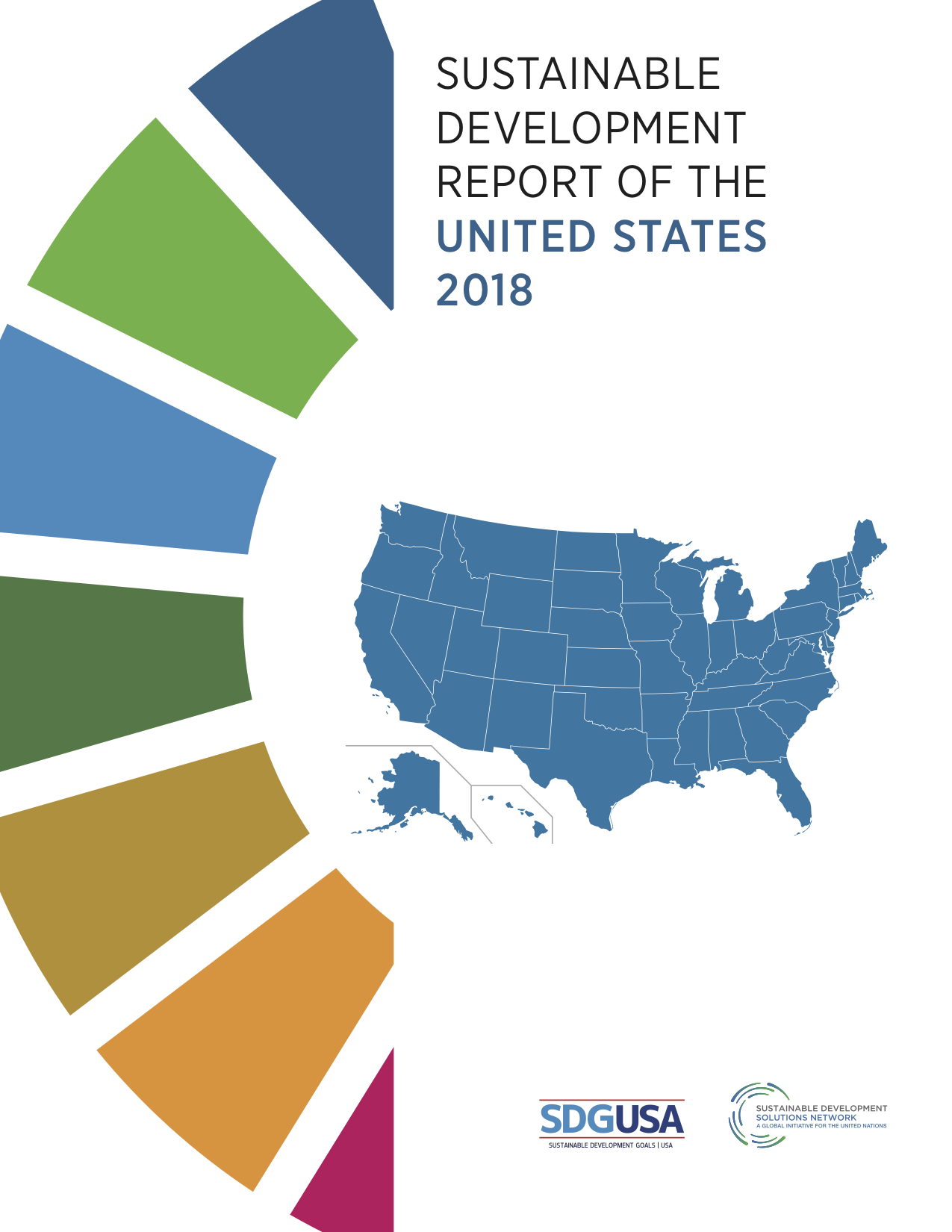The Sustainable Development Report of the United States 2018 was released in September 2018, and analyzes the baseline of the 50 US states on the Sustainable Development Goals (SDGs). The report and corresponding data visualization can be accessed via this link.
Below is an excerpt from the report, a forward written by co-author and SDSN USA co-chair Jeffrey Sachs.
Forward
For governments at all levels (national, state, and local) around the world, the Sustainable Development Goals (SDGs) offer a set of integrated objectives to achieve prosperous, inclusive and environmentally sustainable societies, in short to achieve sustainable development. Sustainable development is the enigmatic challenge of our time. Our global economy has created great wealth and technological wonders, but it has also created societies that are deeply divided between the haves and the have-nots, and economies that are destroying the natural environment and threatening humanity even as they spur economic growth. The core idea of sustainable development is that economic growth is not enough for human wellbeing. It makes no sense to promote economic growth that hurts the poor while benefitting the rich, and that threatens the life-support systems of clean air and water, bountiful oceans, abundant biodiversity, and a safe climate.
The US is not a top performer in sustainable devel- opment. Indeed, in this year’s global ranking, the US ranks 35th overall, even though it is one of the richest countries in the world. The problem, in short, is that the US economy is heavily focused on profits at all costs, even at the costs of the poor and the costs of the natural environment. The US is not a balanced society. Life at the top is one of great riches and benefits. Life at the bottom is increasingly tough. And for nature – the air, water, soils, climate – the profit motive trumps life itself. The US has turned its back on many global environ- mental agreements, with greed taking precedence over prudence and regard for the future.
This report takes the SDGs down to the state level. It builds on cross-country analyses published each year, and an important city-level analysis published earlier in 2018. The fact is that the US varies widely across the 50 states regarding sustainable development.
New England exemplifies sustainable development, with strong rankings across the three pillars of sustainable development (economic, social, and environmental). The Pacific region also shows high performance across the three pillars. Alas, the southern regions lag far behind on all three dimensions of sustainable development. These regional differences should be a wake-up call.
The purpose of this SDG index is not to shame any state, but to call attention to the enormous gaps between what we have declared as our targets and our current stage of achievement. This report is meant to be a call to action, spurring the states to get serious in sustainable development planning and implementation. We hope that the states will use this report in the manner intended: to promote action, and to promote an exchange of best practices, especially between the states and regions currently farthest ahead and the states and regions currently farthest behind.
Jeffrey D. Sachs
Director, Sustainable Development Solutions Network

